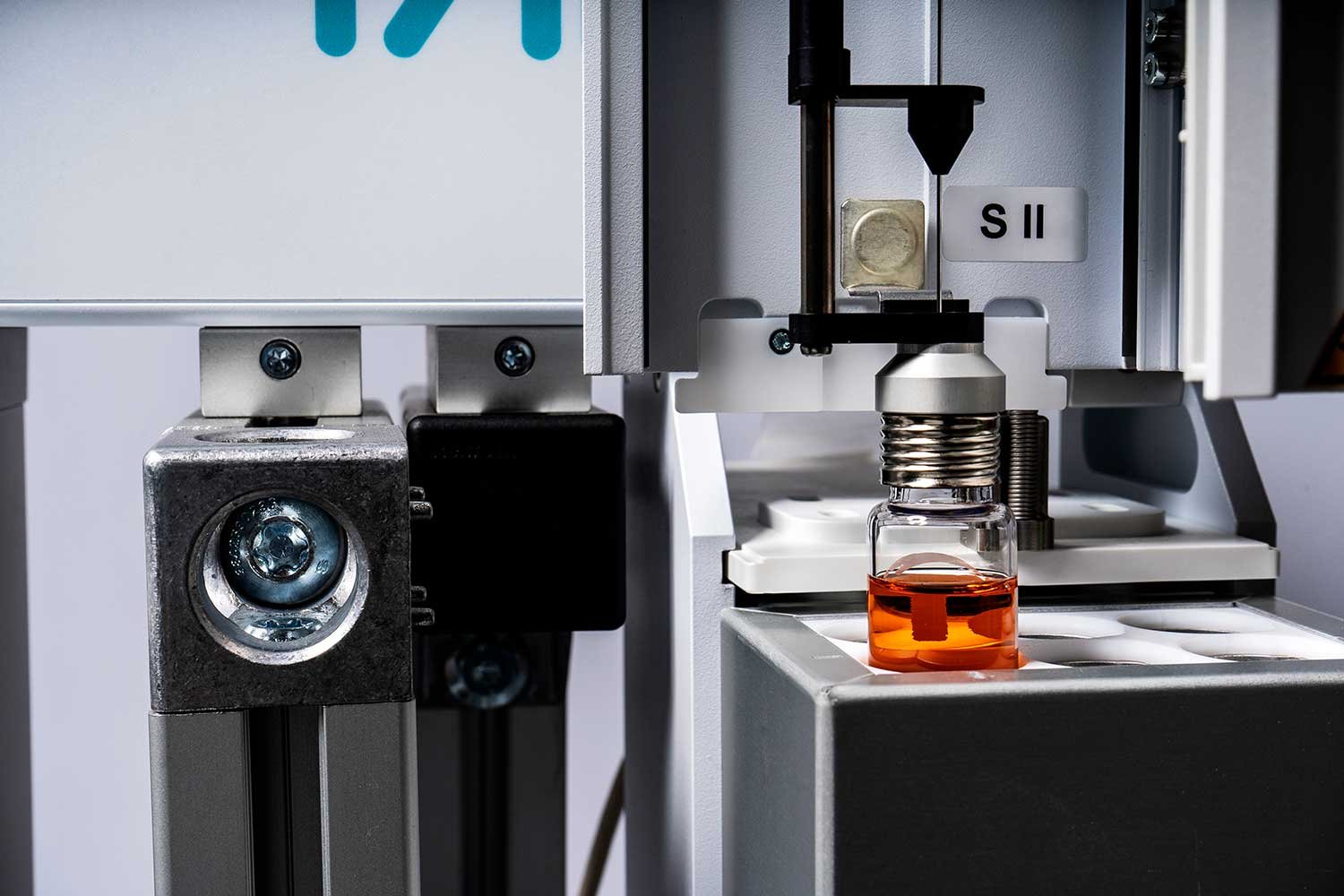Analysing Total Nitrosamine Content
Nitrosamines are carcinogenic compounds that can be found and formed in many products. This has been a particular issue in the pharmaceutical industry recently. Traditional approaches to the analysis, such as by mass spec, have been challenging due to the low detection levels required, the possibility of false positives, or even missing. This system takes a unique approach of using the combination of a chemical reaction targeting nitrosamine compounds, then detection by a detector with very high selectivity and sensitivity for nitro/nitroso compounds. Rather than speciating the various nitrosamines present, the system gives a single quantitative result down to 1 ppb for the total nitrosamine content. This means both volatile and non-volatile nitrosamines are measured at the same time. This process is automated to allow a high sample throughput. This makes it ideal for screening a large number of samples rapidly.
Simplify Sample Prep
If you're a scientist working with nitrosamines risk assessments, you know how challenging it can be to develop methods and prepare all the different sample types for analysis. The process can be complex and time-consuming, from selecting the appropriate extraction method to optimising sample concentration and purity.
Sample preparation for the automated total analyser is greatly simplified compared to that for analysis by GC-MS or LC-MS. Most samples require a liquid extraction, and some sample types can even be analysed directly without additional preparation.
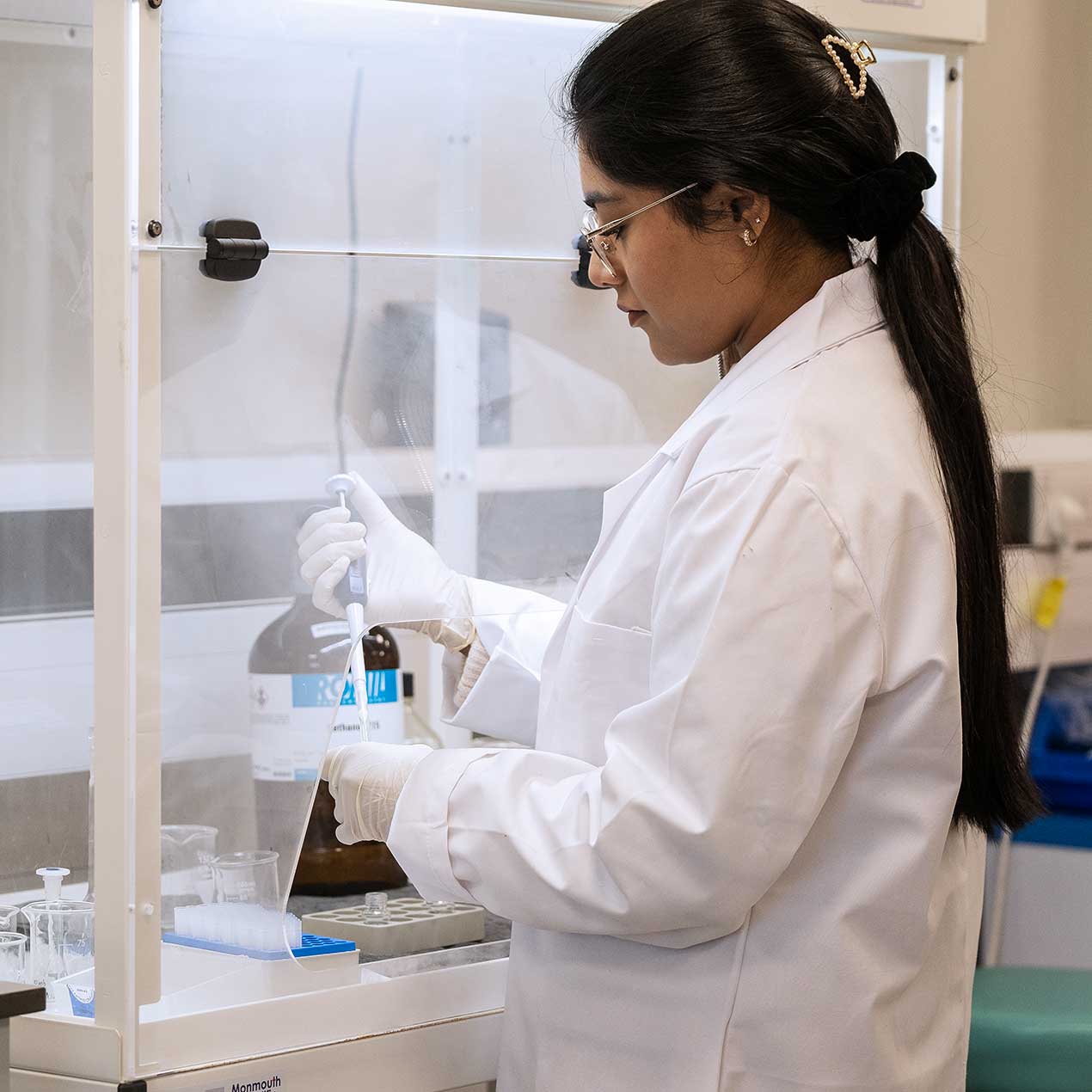
Detect to PPB levels
Reaching low detection limits is essential for accurate nitrosamine analysis. The Automated Total Nitrosamine Analyser is sensitive enough to detect down to 1 ppb of NDMA.
This means you can have confidence your results will help you comply with regulatory requirements, avoid false negatives, and protect public health.
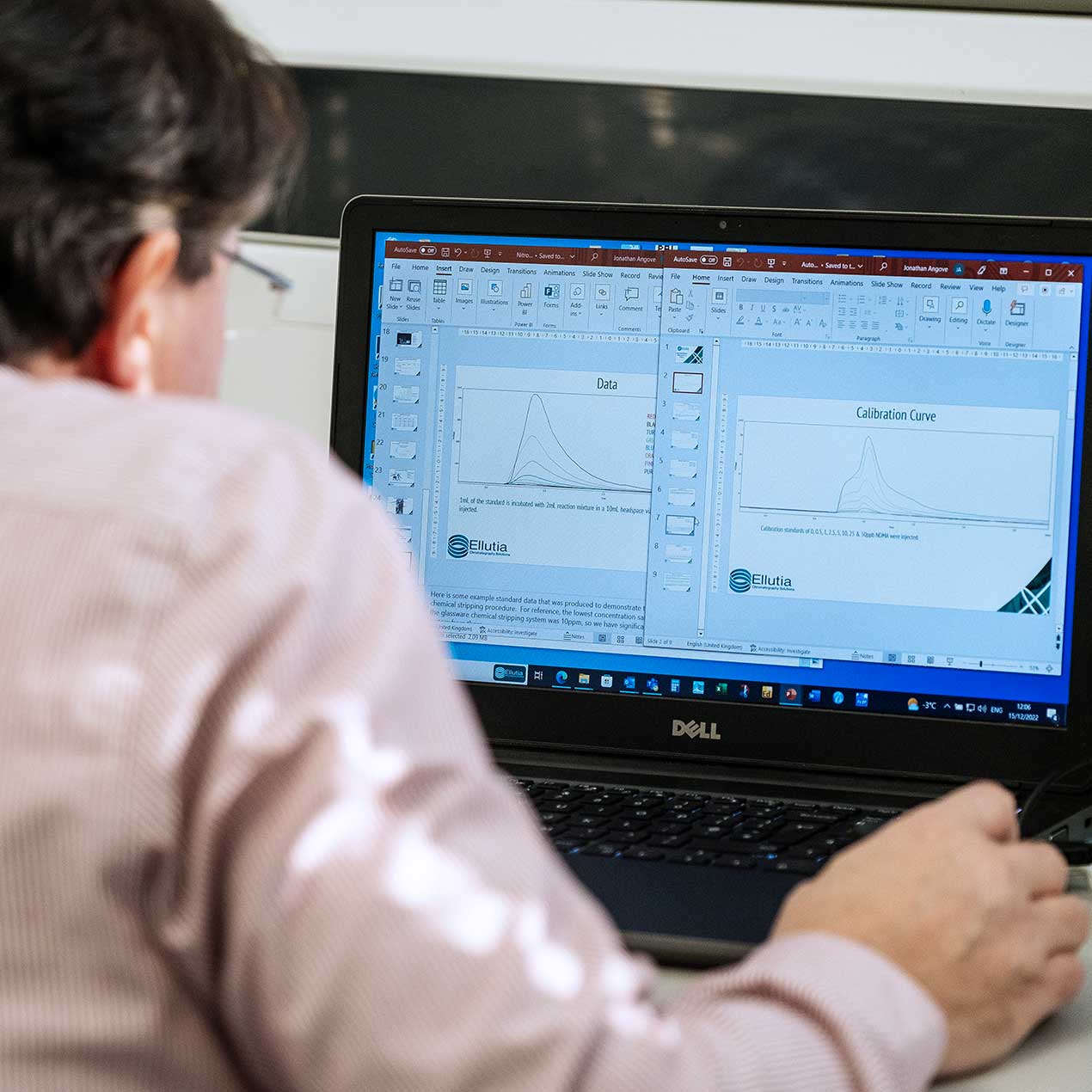
Increase sample throughput
The large number of samples needed to be run and looming regulatory deadlines mean that for many organisations, current testing methods are taking up too much time and resources.
The Automated Total Nitrosamine Analyser can analyse up to 10 samples per hour. Using this as a tool to screen samples for nitrosamine content rapidly and then pass only positive samples for further speciated testing can dramatically reduce the time needed to reach compliance.
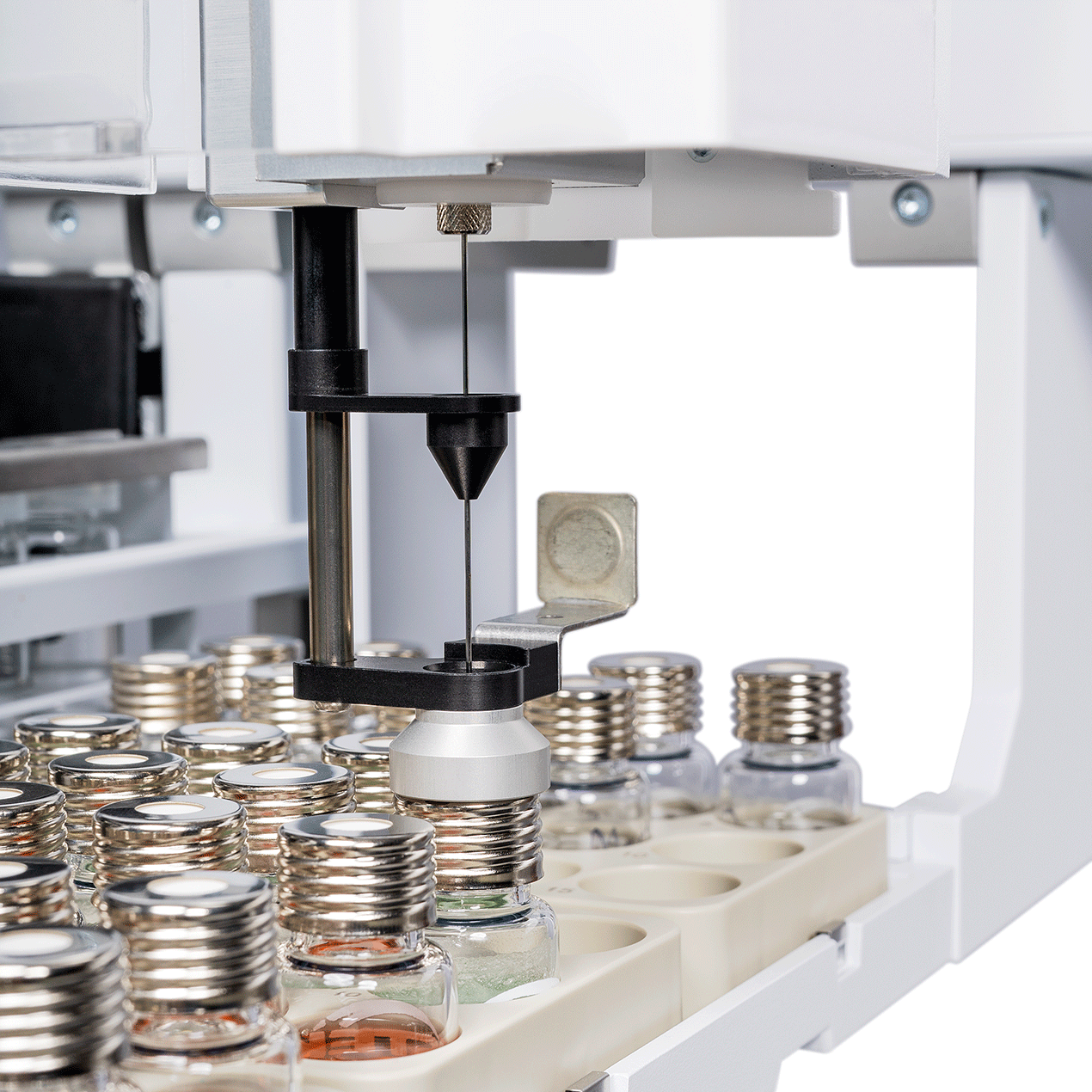
See all Nitrosamine Content
Currently, most methods for nitrosamine testing are targeted at specific compounds. The downside of this approach is the potential to miss other nitrosamine compounds not considered that may be present.
The Automated Total Nitrosamine Analyser targets the nitrosamine functional group, so all volatile and non-volatile nitrosamines are detected regardless of their makeup. This gives you the confidence that your samples are truly nitrosamine free, not just free of a few select compounds.
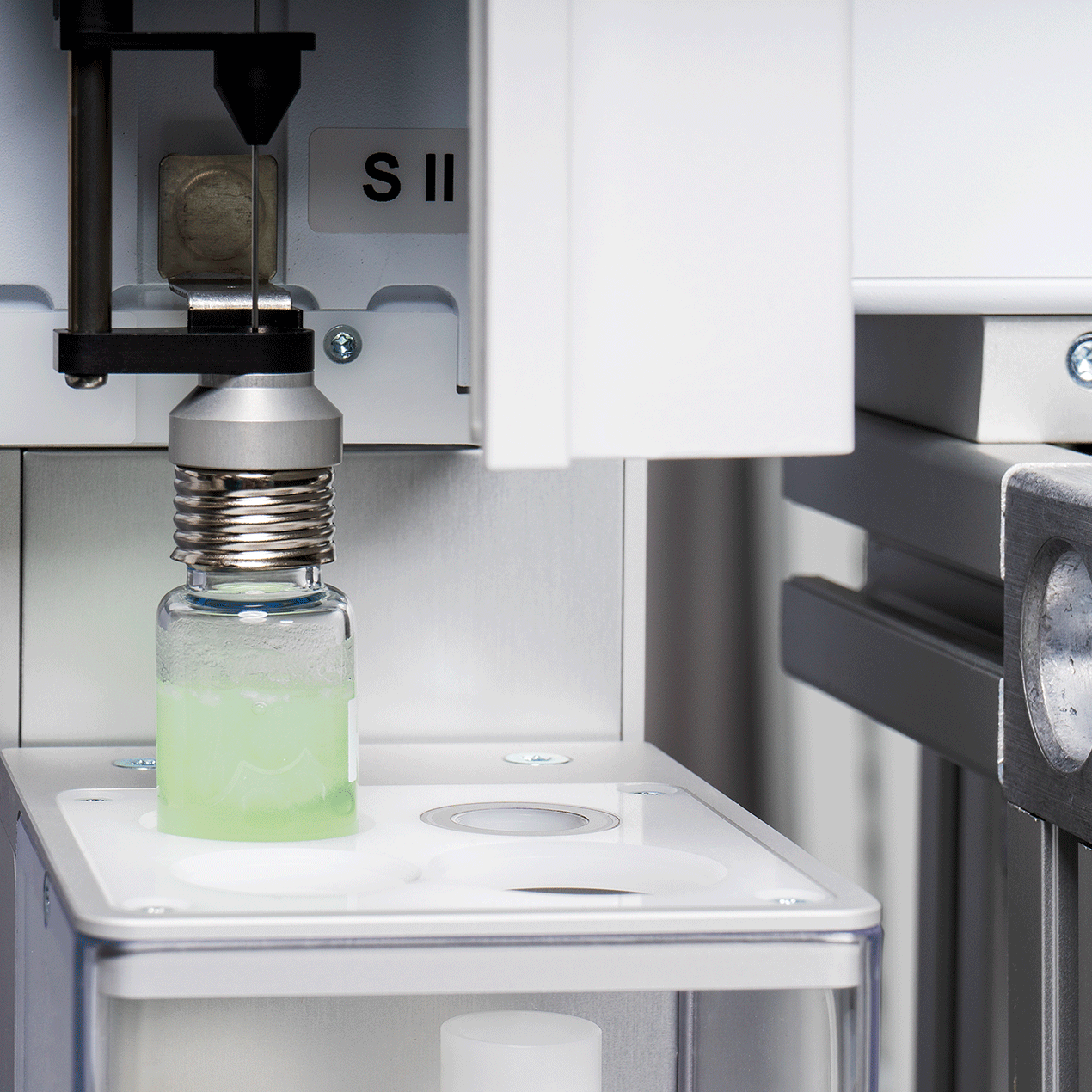
Excipient testing for Nitrites and Nitrates
It has been demonstrated that nitrosamines can be formed over time under certain conditions in the presence of a nitrating source (primarily nitrites). The ATNA system allows rapid screening of excipient materials for incoming QC. If you wish to discuss your nitrite/nitrate analysis please reach out to us directly.
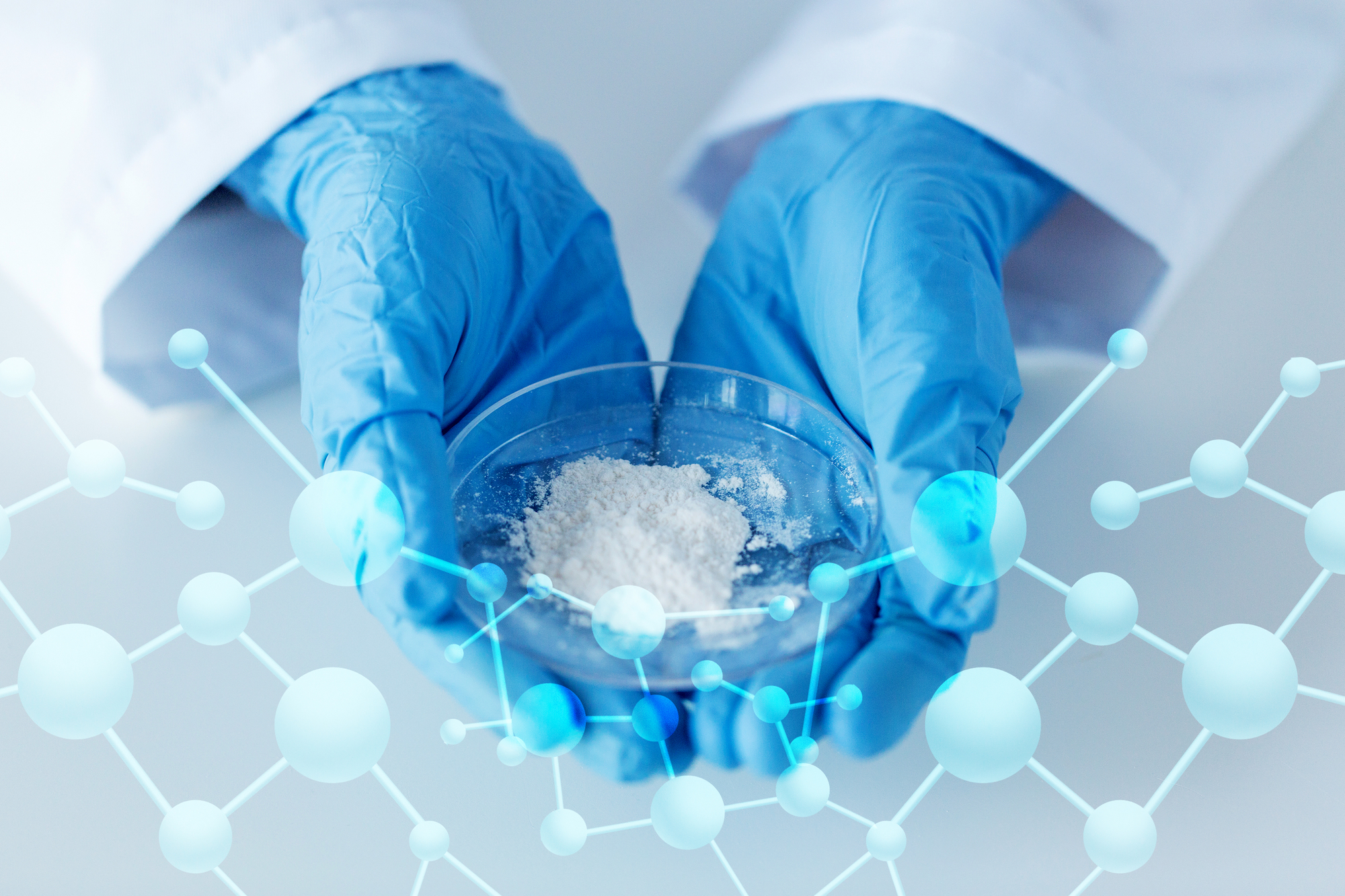
How Does it Work?
Your Sample
Sample Preparation
Some sample types can be added directly to the sample vial; others may require extraction into a solvent first. Once in the sample vial, the Reagent can be added, the vial sealed and then loaded into the autosampler.
Automated Chemical Reaction Process
The samples are vortexed and then heated. The chemical reaction causes the NO groups from any nitrosamines present to be released into the headspace of the vial.
Automated Chemical Reaction Process
Headspace sampled
The samples are allowed to cool to ensure vapours from the samples or reagent have condensed. A sample of the headspace containing the aleviated NO molecules is then injected into the TEA system.
Detection by TEA detector
The carrier gas sweeps the Headspace to the reaction chamber of the TEA. Here it reacts with Ozone to produce NO in an excited state. As this decays, a photon of light is generated and measured by a PMT.
Detection by TEA detector
Your Result
Positive samples can then be passed for speciated testing.
CUSTOMISE YOUR SYSTEM
From installation to training, we'll guide you every step of the way to ensure you're getting the most out of your system.
START TESTING!
Enjoy the control and confidence that come with bringing your testing in-house.




